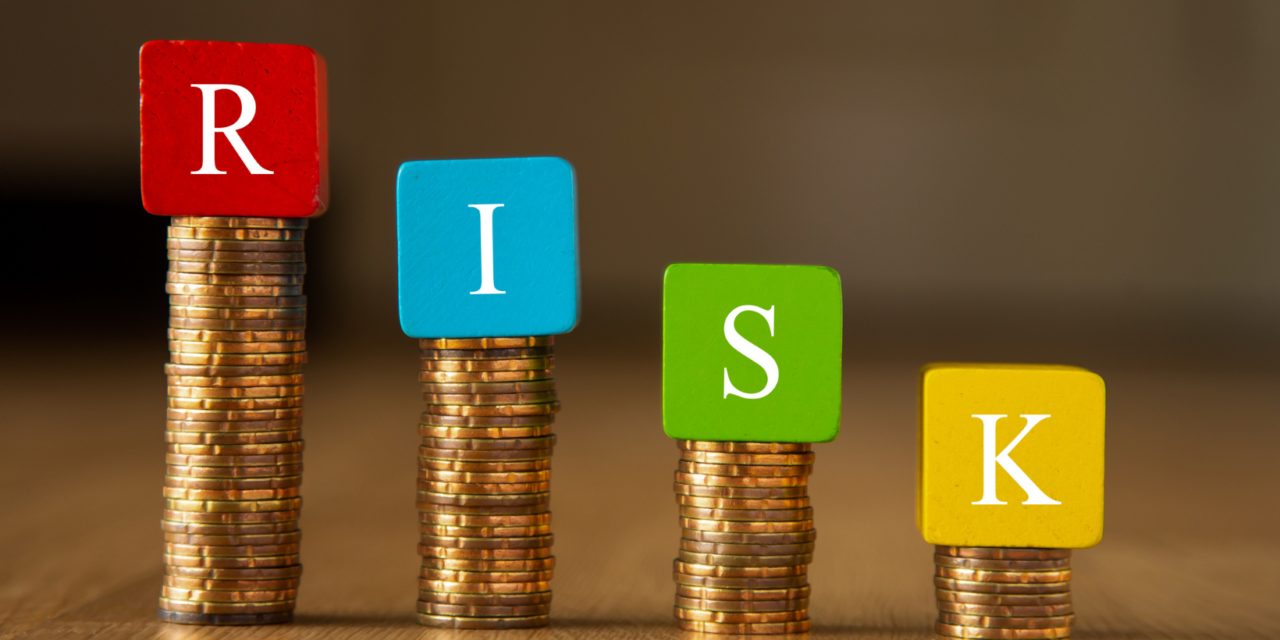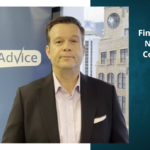Author Katrina Shanks, CEO Financial Advice NZ Article originally published in Stuff.co.nz.
The world of investing is in a state of turmoil right now as inflation and interest rates spike to levels we haven’t seen for many years.
September was reported as the worst month since Covid for investment markets, while October showed a slight improvement.
Take KiwiSaver as an example. Balances have been moving around a lot this year, with data to the end of September showing the average balanced fund was down 10.5% this year.
When you consider balanced funds are usually one of the more moderate settings, that’s unnerving stuff.
At the opposite end, one of the riskiest investments – cryptocurrency – continues to live up to that description, with bitcoin dropping 10% in one day recently to its lowest level in a year.
It has now dropped by US$29,000 since June.
So, if you’re looking for somewhere to put your money, where do you go? That, as they say, is the $64 million question, and you need to do a lot of research and get some sound financial advice before taking the plunge.
But before you even get that far, you need to work out what your risk profile is.
This is important.
You need to do a risk profile because that will tell you and/or your adviser where you will be most comfortable investing your money and what your asset allocation will look like – that is, the proportion you put into a safer asset class as opposed to a riskier class.
Essentially, a risk profile evaluates your willingness and ability to take risks, and takes into account your risk capacity, your risk tolerance, the risk you need to take to achieve your financial goals, and sometimes the experience you have with shares and investing in general.
Remember, there is no right or wrong answer – everyone is different because we all have different circumstances.
If you’re considering investing in a managed fund, the managers or a financial adviser will be able to take you through a risk profile which they can use to advise you on the best type of fund for you. Many also have online tools you can use to do your own profile.
One way of deciding how comfortable you are with your profile is if you can’t sleep at night worrying about your investments, then they’re probably in the wrong place. And if you get yourself in that position, then you may pull out of an investment at the wrong time and lose money and lock in those losses.
That’s why getting your profile right in the first place is paramount.
You need to know what you are capable of and what you are comfortable with, and that means going through the positives and negatives. Remember that low risk means more cash in term deposits and little in shares, while higher risk means more shares and little cash.
So, what are the different classes of investment that might suit your profile?
Conservative
If your top priority is the safety of your money or you are nearing having to use the money, then this is likely to be the level of risk for you.
Investments here are usually in a bank account or government bonds and are regarded as defensive. You might have 90%t of your money there and just 10% in shares (growth). But they do have lower returns.
Remember, lower risk, lower return. A conservative portfolio is not going to take you forward – in fact, after inflation it will likely take you backwards, as the cost of living exceeds your returns.
As an example of how even defensive or conservative funds can suffer in these times, some have returned -12% over the past year, with NZ Government bonds -10.3% and global bonds -12.3%.
The good news now is government bonds are yielding up to 4.5%, with international corporate bonds yielding up to 8.5%, meaning the defensive part of a portfolio should now act as expected and provide positive returns within a diversified portfolio.
Moderate
If you are willing to accept a small level of risk, but are still a little worried about losing some of your money rather than making a lot, this could be for you.
This is where you start to increase assets such as shares and government bonds, and put less in the bank. Your portfolio begins to change – maybe around 70% the bank and 30% in shares and other property funds.
Balanced
This is close to what some funds refer to as balanced. Your tolerance for risk is lower and you want to see more gains. It’s a moderate level of risk and your portfolio is a bit more diversified, so it protects you from inflation.
This is where you hold slightly more assets and less cash. You may increase your exposure to New Zealand and international shares to around 50%, and your term deposits and bonds to 50%. A majority of New Zealand balanced funds are approximately 60% shares, 40% bonds.
Growth
This is where you are getting quite keen to accept risk for higher medium- to long-term gain. You understand more about the possibilities of risk but are keener for bigger gains – but not too big as to risk everything.
Your portfolio is now more diversified and should protect you from inflation. And you might have a better understanding of the sharemarket. Maybe you will have 70% of your money in shares and property funds, and 30% in lower fixed interest and bonds.
Aggressive
This is for those whose risk profile is seeking the highest return possible.
You are interested in getting more wealth, faster, and are prepared to take risks because you have more time to recover from a downturn – and in the meantime you can live without touching your investments.
Younger people who want to spread their risk and have plenty of time – between 7 and 30 years – before they need to think about cashing it in tend to go for this one.
Shares, international property and alternative (riskier) assets may now be 90-100%. Riskier assets could be cryptocurrency, cars, art, gold etc. You may hold between 0-10% in cash and bonds.
Investment classes
Defensive assets or lower-risk investments include cash in a bank, government bonds, bond managed funds.
Growth assets or higher-risk assets include shares, exchange-traded funds (ETFs), managed funds, property, property syndicates, commodities (gold, silver), equity crowdfunding for startups or growing business.
Speculative assets would include (in no particular order) cryptocurrency, derivatives trading, foreign exchange trading and peer-to-peer lending.
Whatever you do, know what you’re prepared to tolerate, so you can get that good night’s sleep while your investments do their thing. One thing we do know is that markets go both up and down over time.
In the spirit of oversharing, my risk tolerance is balanced. I have some managed funds which do their thing over time, but I do have a part of me that wants to take some risks – that’s my coffee money not my retirement plan.
For that riskier side I have a small Sharesies account, which I tinker with from time to time.
As my financial adviser would say – know your risk tolerance and understand how your investment will perform in different times, and always be mindful of your timeframe for investing. And don’t confuse investing with saving. If you are worried, give someone a call to get peace of mind that your risk tolerance is at the right setting.





